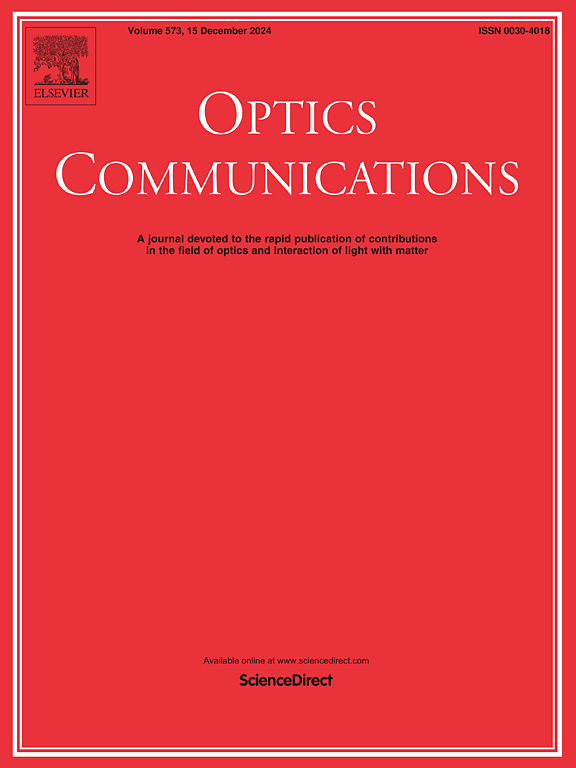Three-dimensional cavity structure-assisted gold nanoparticles for surface-enhanced Raman scattering applications
IF 2.2
3区 物理与天体物理
Q2 OPTICS
引用次数: 0
Abstract
The effect of surface-enhanced Raman scattering (SERS) depends on the structure of the SERS substrate, and the combination of special substrate structure and Au/Ag nanoparticles is an effective means for SERS. In this study, the bottom funnel head flower-shaped collapse array structure with unique morphology is prepared by improved anodic aluminum oxide (AAO) method, and gold nanoparticle (AuNPs) layers are embedded in the structure to synthesize composite substrates for high-performance Raman signal enhancement. The experimental conditions such as anodic oxidation time, reaming time, gold plating time and annealing time are discussed in detail with 4-aminothiophenol (4-ATP) as probe molecule, the ultra-low concentration detection with molecular concentration of 10−13 mol/L can be realized. At the same time, the concentration and signal intensity shows a good linear relationship, and the field enhancement factor is as high as 1.24 × 106. The structure of the substrate shows high repeatability, high sensitivity and high uniformity, which has a broad application prospect in the plasma devices based on anodic alumina.
求助全文
约1分钟内获得全文
求助全文
来源期刊

Optics Communications
物理-光学
CiteScore
5.10
自引率
8.30%
发文量
681
审稿时长
38 days
期刊介绍:
Optics Communications invites original and timely contributions containing new results in various fields of optics and photonics. The journal considers theoretical and experimental research in areas ranging from the fundamental properties of light to technological applications. Topics covered include classical and quantum optics, optical physics and light-matter interactions, lasers, imaging, guided-wave optics and optical information processing. Manuscripts should offer clear evidence of novelty and significance. Papers concentrating on mathematical and computational issues, with limited connection to optics, are not suitable for publication in the Journal. Similarly, small technical advances, or papers concerned only with engineering applications or issues of materials science fall outside the journal scope.
 求助内容:
求助内容: 应助结果提醒方式:
应助结果提醒方式:


